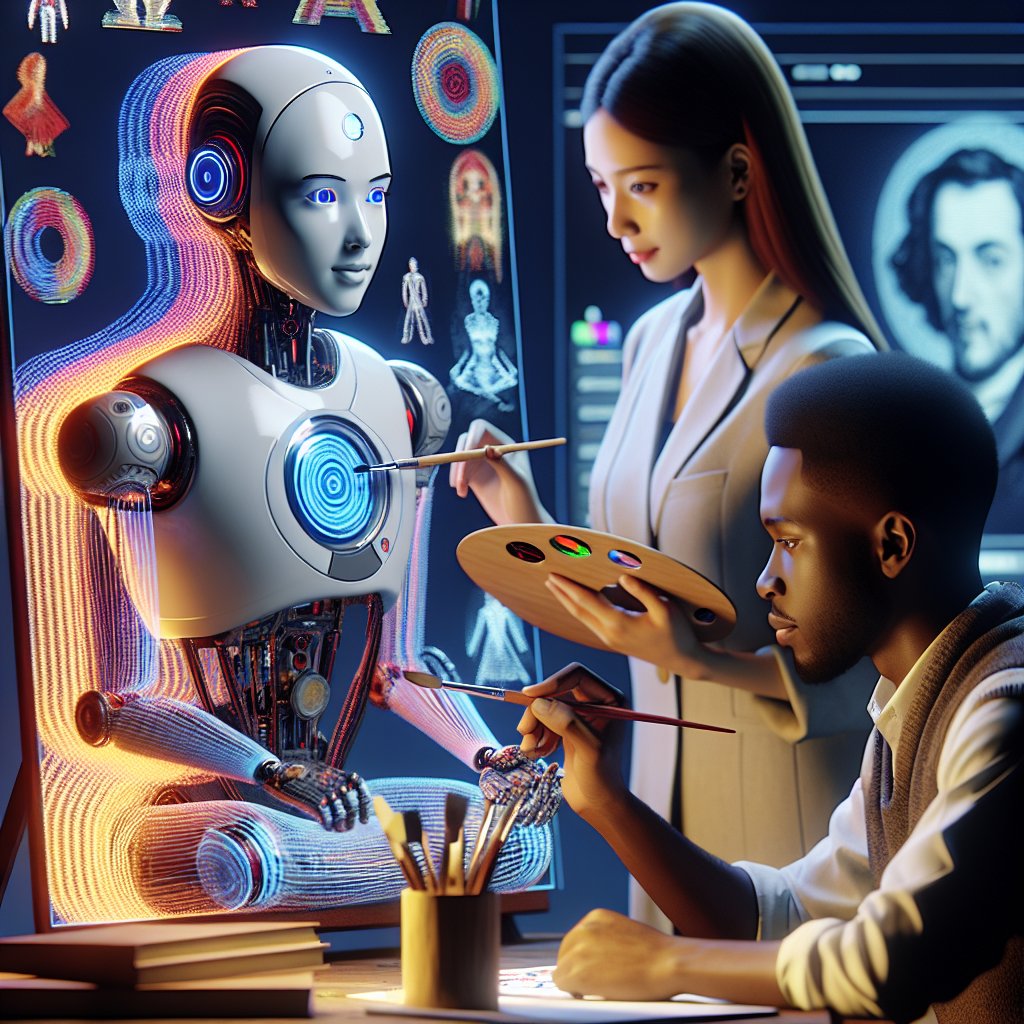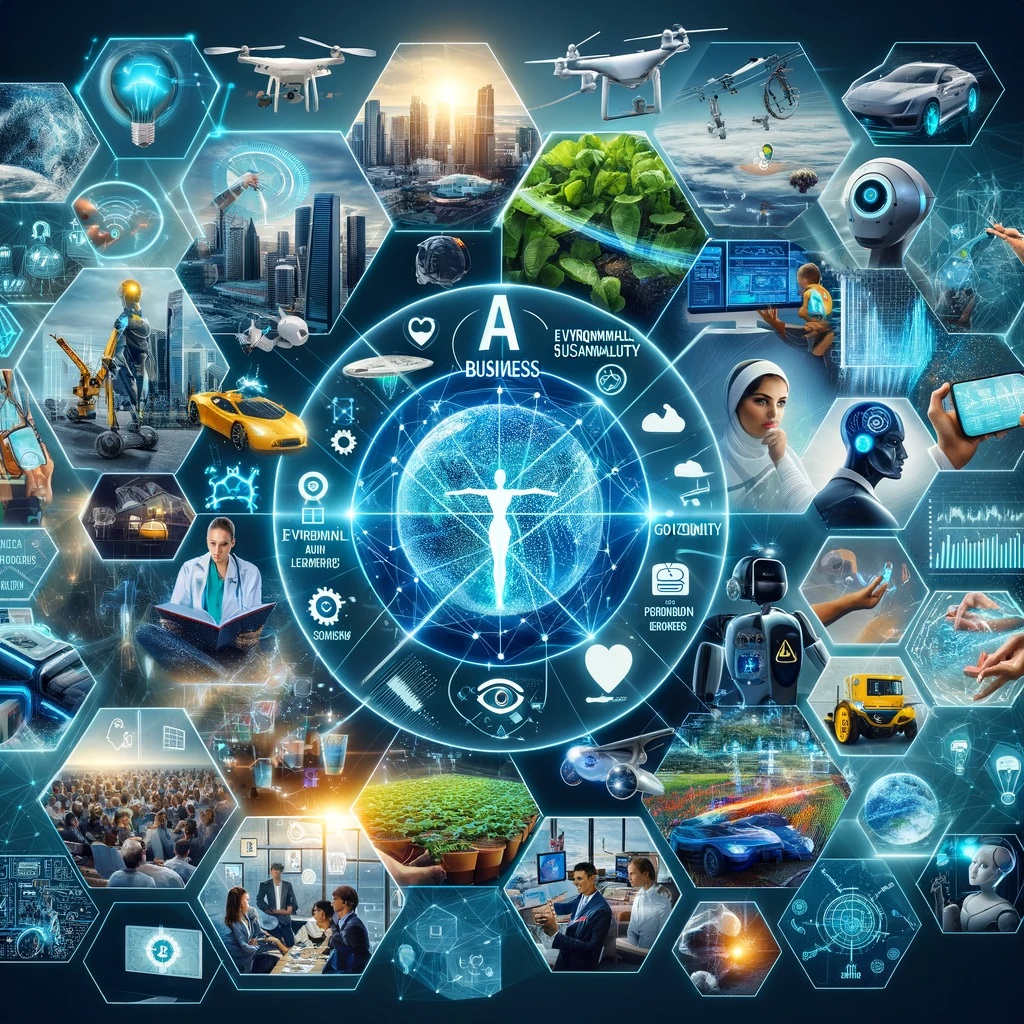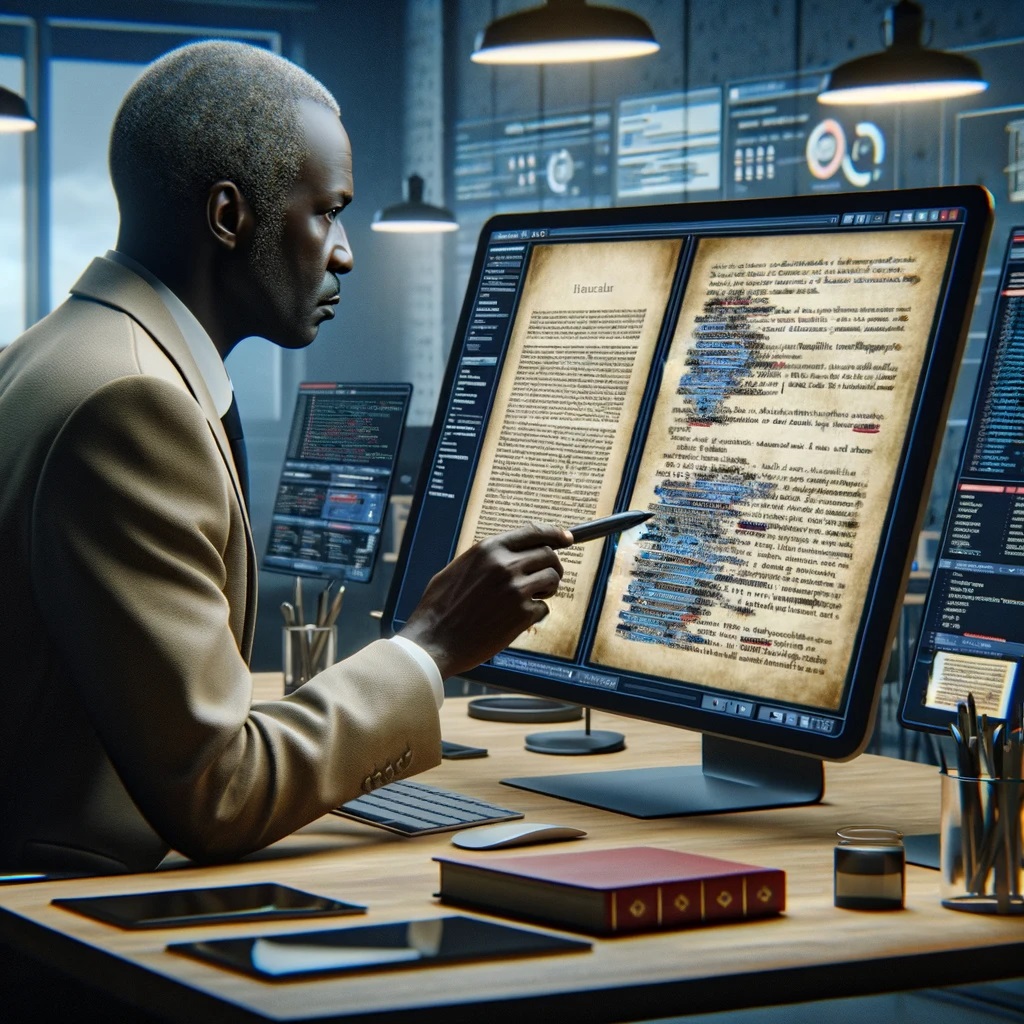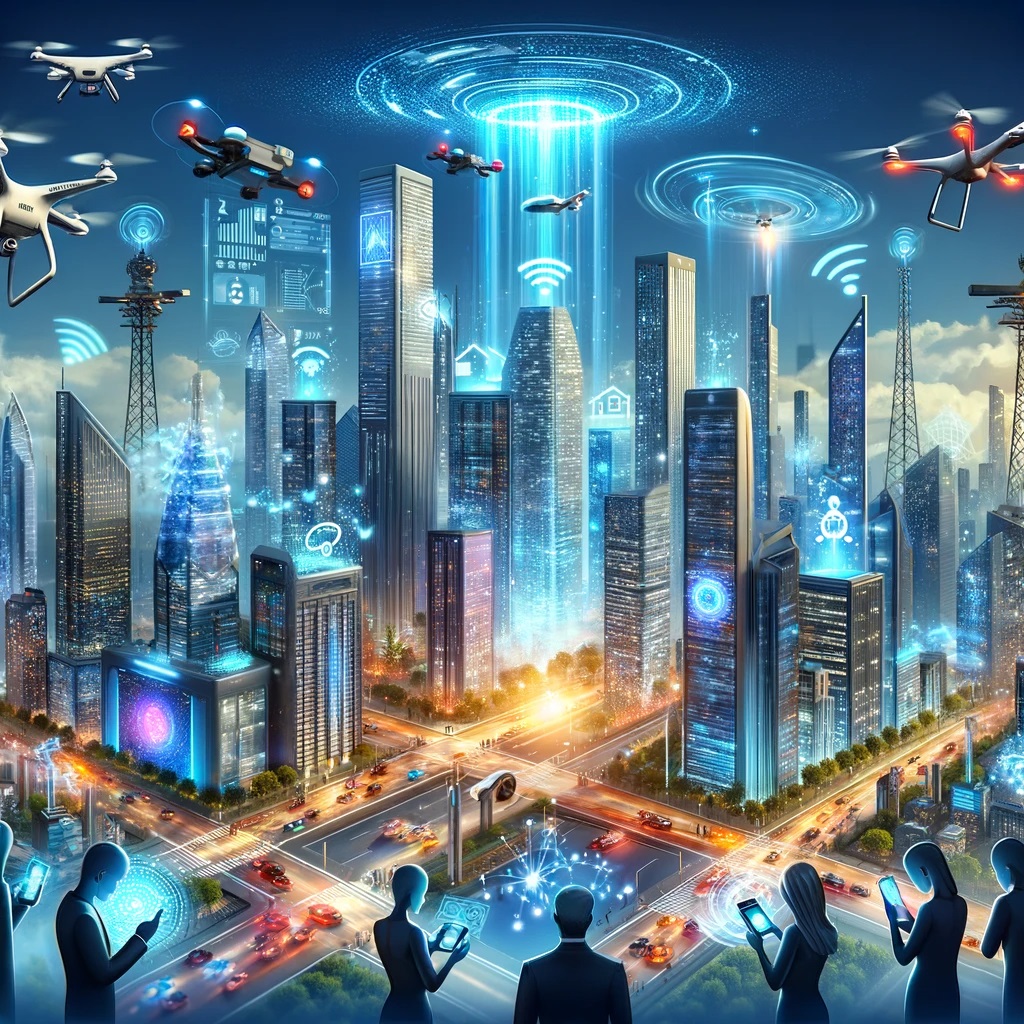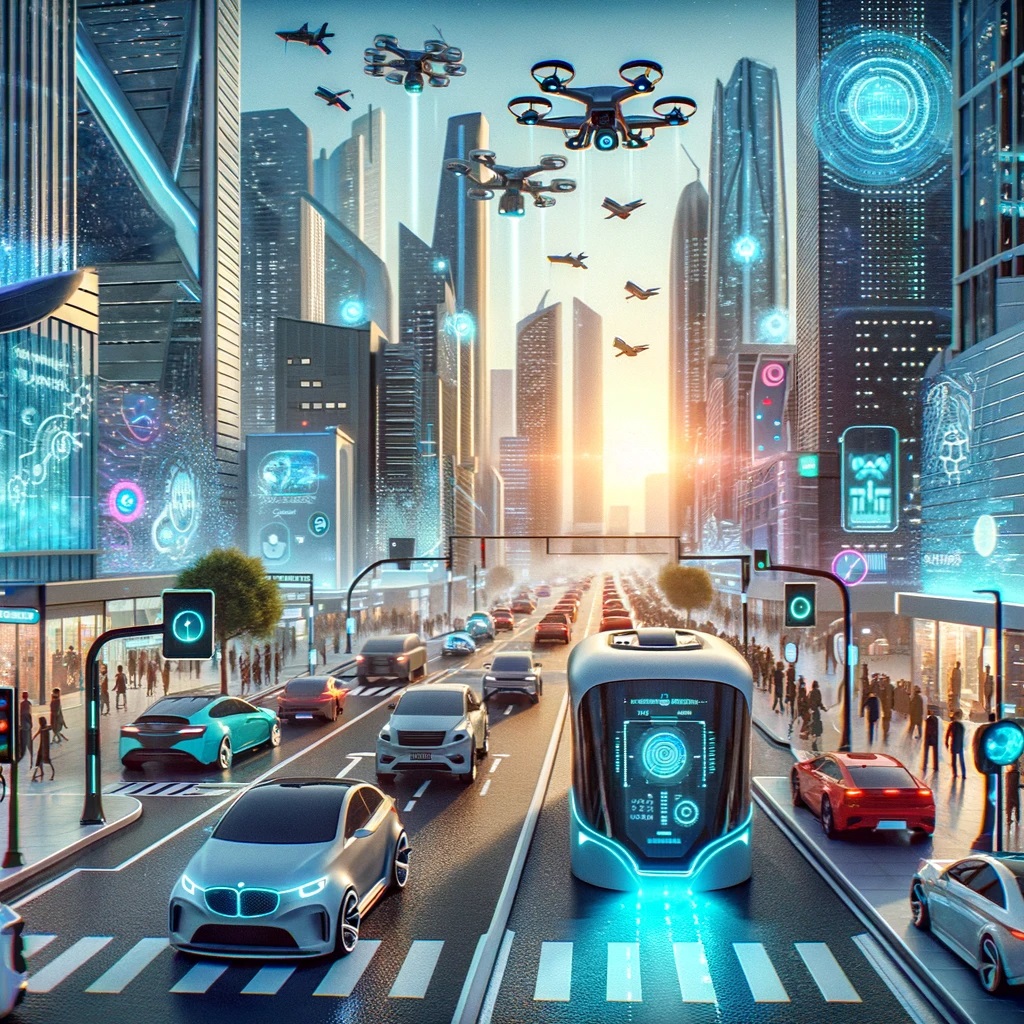The integration of artificial intelligence in 3D artistry is not only transforming how visual content is created but also bringing forth innovative opportunities for artists to enhance their craft. As AI technology continues to advance, there’s a growing curiosity about its impact on the roles and skills of 3D artists in the future. Whether you’re a seasoned professional, an aspiring artist, or simply enthralled by the intersection of art and technology, understanding the potential changes AI may bring to the field of 3D art is more crucial than ever.
Use of AI for 3D Artists
The integration of Artificial Intelligence (AI) into the realm of 3D artistry is revolutionizing the way digital artists conceive and execute their creative visions. AI-driven tools and software are empowering 3D artists to automate tedious aspects of the design process, such as the generation of textures or the rigging of complex characters, allowing them to focus more on the creative facets of their work. As AI technology becomes more advanced, it seamlessly blends with traditional 3D artistic techniques, thereby enhancing efficiency and expanding the boundaries of what can be achieved in animation, game design, and virtual reality experiences.
The potential for AI to replace 3D Artists
The digital art world is on the cusp of a transformative shift with the increasing capabilities of Artificial Intelligence (AI) in the creative domain, particularly in the realm of 3D artistry. AI-driven software and tools are now able to handle intricate tasks like texturing, sculpting, and animating, which were traditionally the bastion of skilled 3D artists. This evolution has sparked a robust discourse about the technology’s potential to reshape the job landscape for professionals within this niche. As AI continues to learn and adapt to the nuances of 3D design and animation, the art community is keenly observing how these developments could impact the future demand for human artistry in both the entertainment industry and other sectors reliant on 3D visualization.
The integration of AI into 3D artistic processes not only offers efficiency in terms of speed and resource management but also introduces novel approaches to creativity and design. However, while AI exhibits impressive results in generating intricate 3D models and environments, the technology’s reliance on existing data for learning raises questions about its ability to truly replicate the unique imaginative flair and emotional touch that human artists bring to their work. As AI continues to evolve, the potential for a collaborative relationship between human artists and AI systems is emerging, hinting at a new epoch where the blend of human ingenuity and algorithmic precision shapes the future of 3D art and design.
How can AI enhance the creativity of 3D Artists?
The incorporation of artificial intelligence (AI) in the realm of 3D artistry is revolutionizing how artists conceive and realize their creative visions. AI tools are enhancing the capabilities of 3D artists, allowing them to push the boundaries of imagination and bring intricate designs to life with greater efficiency and precision. By automating repetitive tasks, AI frees up time for artists to focus on the creative elements of design, ensuring that each project is imbued with innovation and originality. The integration of AI in 3D modeling, texturing, and rendering processes aids in the quick generation of complex patterns and textures, fostering a new era of creativity where artists can experiment without the constraints of traditional methods.
What skills should 3D Artists focus on in the AI era?
In an age where artificial intelligence (AI) is rapidly reshaping the landscape of digital professions, 3D artists must hone a unique set of skills to stay ahead of the curve. Mastering advanced technical proficiencies in 3D modeling, texturing, and animation is just the beginning. The modern 3D artist should also develop strong conceptual abilities, with an emphasis on creativity and innovation. As AI takes on more of the routine aspects of 3D design and rendering, artists will find their edge in their ability to think outside the box and produce truly original works that AI cannot easily replicate. Embracing new AI tools that can automate certain tasks also enables 3D artists to allocate more time to the creative aspects of their projects, further sharpening their competitive advantage.
With the integration of AI, the demand for soft skills in communication and problem-solving is also escalating for 3D professionals. The ability to articulate complex visual concepts and collaborate effectively with cross-disciplinary teams, including AI experts, is becoming increasingly crucial. Staying current with the latest developments in AI technology and its applications within the 3D art domain is key. By doing so, artists can leverage these advancements to optimize their workflow and produce high-quality work more efficiently. Continuous learning and adaptability are essential, allowing 3D artists to integrate AI advancements seamlessly into their artistic process and to redefine the boundaries of what is possible within the domain of 3D artistry.
Is collaboration between AI and 3D Artists the future of design?
The fusion of AI technology with the ingenuity of 3D artists is forging a new frontier in the realm of design, igniting discussions on the transformative potential of such collaborations. As AI tools become more sophisticated, they are starting to function not just as labor-saving devices but as partners in the creative process, offering possibilities for enhanced efficiency and innovation. This synergy is particularly evident in sectors like entertainment, architecture, and product design where 3D modeling plays a crucial role. The interplay between human creativity and AI’s data-driven approach is producing uniquely intricate and personalized designs, making the question of their joint future in the design world not just timely but pivotal.
Exploring the implications of AI-artist partnerships reveals a landscape brimming with opportunities. 3D artists are leveraging AI to streamline workflows, enhance visual effects, and tackle complex simulations that were previously too time-consuming or intricate. AI’s capacity for rapid prototyping, generative design, and predictive analytics empowers artists to experiment with new styles and concepts at an unprecedented pace. This evolving dynamic suggests that the symbiosis of AI and 3D artistry isn’t just a fleeting trend but a cornerstone of the next evolution in design methodology, setting the stage for a new era where technology and human creativity merge to expand the boundaries of what’s possible in design

